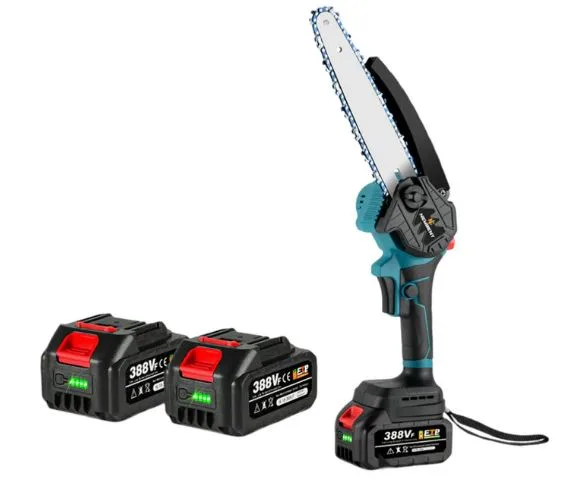The Best Ways to Weatherproof a House for Any Season
The weather doesn’t care what month it is. One week it’s raining sideways, the next it’s blazing hot. And by the time you’ve adjusted the thermostat, a cold snap rolls in. If your house isn’t properly weatherproofed, every shift in temperature or humidity becomes a new source of stress (not to mention a big dent in your energy bill).
But it doesn’t have to be that way. When your home is sealed, insulated, and maintained correctly, it can stand strong, no matter what’s happening outside.
Here’s how to weatherproof your home from top to bottom – so you can stay comfortable in any season.
Start With Insulation: Keep the Air Where It Belongs
If you’re losing heated air in the winter or cooled air in the summer, insulation is usually the culprit. And you’d be surprised how many homes – especially older ones – don’t have adequate coverage in key areas.
The attic is priority number one. Heat rises, and without proper attic insulation, you’re essentially letting your HVAC system pump money out through the roof. Consider adding blown-in or batt insulation with an R-value appropriate for your climate. In colder regions, you’ll want a higher R-value for extra resistance to heat loss.
Next, check the walls – especially in garages, basements, and additions that may not have been built to modern energy codes. (And don’t overlook the floors above unheated spaces like crawl spaces or garages.)
In addition to stabilizing temperature, proper insulation also helps regulate humidity, reduce outside noise, and support overall structural health by preventing condensation and moisture buildup. This is one of the easiest ways to weatherize your property.
Seal Windows and Doors: Stop the Draft Before It Starts
You can have all the insulation in the world, but if your windows and doors are leaking air, your efforts will fall flat.
Walk around your house on a breezy day and feel for drafts. Check for gaps around frames, weatherstripping that’s cracked or peeling, and loose locks that prevent full closure.
For windows:
- Use caulk around the exterior trim to seal up small openings
- Apply weatherstripping to the interior if needed
- Consider adding thermal curtains to block heat and cold
For doors:
- Replace old or damaged weatherstripping
- Install a door sweep along the bottom to block airflow
- Make sure the hinges are tight and the door closes flush
If your windows are old and single-pane, it might be time to upgrade to double or triple-pane models with low-E coatings. Yes, it’s an investment. However, it pays off in energy savings, comfort, and resale value.
Check the Roof and Siding: Your First Defense Against the Elements
Your home’s exterior takes the brunt of everything Mother Nature throws at it. If your roof or siding is compromised, this is a direct path for moisture, air, and even pests to get inside.
Start by inspecting your roof. You’ll want to look for missing or curling shingles, rusted flashing, or sagging spots. If you’re in a region that experiences heavy snow or hurricanes, your roof needs to be rated and reinforced for those conditions.
Metal roofing, architectural shingles, or impact-resistant materials may cost more upfront, but they offer superior durability and weather resistance. The same goes for siding. Fiber cement, brick, or insulated vinyl siding can dramatically improve how your home handles temperature swings and storms.
If you’re not sure what your house is currently equipped with, or if you’re seeing signs of leaks or deterioration, bring in a roofing professional. A solid roof and tight siding system are non-negotiable when it comes to long-term weather protection.
Inspect the Foundation and Basement: Block Out Moisture and Cold
Basement walls and foundation seams are notorious entry points for cold drafts and unwanted moisture. Over time, that moisture can lead to mold and expensive repairs – especially in areas with freeze-thaw cycles or heavy rain.
Start by sealing any cracks in your foundation with hydraulic cement or silicone-based caulk. You should also install a vapor barrier along the walls and consider insulating with rigid foam panels.
If your basement feels damp or smells musty, a dehumidifier might be necessary, along with a proper drainage system. (By the way, french drains, sump pumps, and exterior grading can all help redirect water away from your foundation.)
Don’t Forget the Garage: It’s Not Just a Storage Space
A drafty garage can undermine your whole weatherproofing plan – especially if it’s attached to your home. Uninsulated garage doors, concrete floors, and thin walls all contribute to temperature fluctuations and energy loss.
Start by insulating the garage door or replacing it with an insulated model. Add weatherstripping around the edges, and consider sealing the floor with epoxy or rubberized coatings to prevent moisture seepage.
If your garage shares walls with conditioned living space, make sure those walls are properly insulated too. Otherwise, you’re fighting an uphill battle every time the seasons change.
Smart Tech Can Help: Automate for Comfort and Efficiency
We often think about smart technology as a luxury or convenience. However, it can also play a major role in weatherproofing and energy management.
A smart thermostat, for example, learns your patterns and adjusts the temperature automatically to avoid overuse. Some systems even use geofencing to heat or cool your home only when you’re nearby.
Other smart devices worth considering:
- Smart blinds that close during peak sun hours in summer
- Leak detectors for basements or under sinks
- Smart vents that regulate airflow by room
Adding it All Up
Weatherproofing your house might not be the first item you think of when it comes to your “honey-do list,” but as you can see, there are several important items that you should at least be thinking about. When addressed promptly and correctly, they can help you protect your investment for many years to come!



